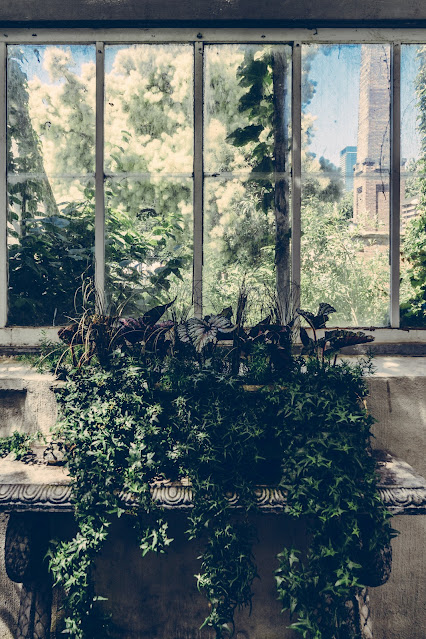A greenhouse is a structure designed to create and maintain an environment suitable for the cultivation of plants. The primary purpose of a greenhouse is to provide controlled conditions that optimize plant growth and protect them from unfavorable weather, pests, and diseases. Greenhouses are commonly used for growing fruits, vegetables, flowers, and other crops.
Building a DIY greenhouse can be a rewarding project for gardeners and enthusiasts who want to extend their growing season or create a controlled environment for specific plants. Here's a basic guide to help you get started on building a simple backyard greenhouse:
Materials and Tools:
Frame:
- PVC pipes or metal conduit for the frame
- PVC connectors or metal fittings
- Wooden boards for a base frame (optional)
Covering:
- Polyethylene greenhouse plastic or UV-resistant greenhouse film
- UV-resistant clear plastic sheeting
- Shade cloth (optional)
Fasteners:
- Screws or bolts
- Nails
- Brackets (if using wood)
Tools:
- Saw
- Drill
- Screwdriver
- Measuring tape
- Level
Steps:
1. Design and Planning:
- Decide on the size and shape of your greenhouse.
- Choose a location that receives sufficient sunlight.
- Consider ventilation needs and access to water.
2. Build the Base:
- If using wood, construct a rectangular base frame.
- If using PVC pipes or metal conduit, create the frame by bending or connecting pipes into the desired shape.
3. Frame Assembly:
- Attach the frame to the base securely.
- Use brackets or screws to connect the frame components.
4. Covering:
- Drape the greenhouse plastic over the frame.
- Secure the plastic to the frame using screws, staples, or other fasteners.
- Trim excess plastic.
5. Door and Ventilation:
- Create a door for easy access. This can be a hinged frame covered with plastic.
- Add ventilation by leaving gaps or installing vents at the top or sides.
6. Secure the Structure:
- Ensure the greenhouse is firmly anchored to the ground to withstand wind.
- Use stakes or anchors to secure the frame.
7. Optional Enhancements:
- Install shelves or benches for plants.
- Add a misting system or irrigation if needed.
- Consider adding a shade cloth for temperature control.
8. Test and Monitor:
- Test the structure's stability and make adjustments if necessary.
- Monitor the temperature, humidity, and ventilation to optimize growing conditions.
Tips:
- Choose materials that are suitable for your climate.
- Consider using UV-resistant materials to prolong the life of the greenhouse.
- Plan for future expansion or modifications based on your needs.
Remember, this is a basic guide, and you can customize your DIY greenhouse based on your specific requirements and available materials. Always prioritize safety and ensure that your structure is sturdy and well-anchored.

Comments
Post a Comment